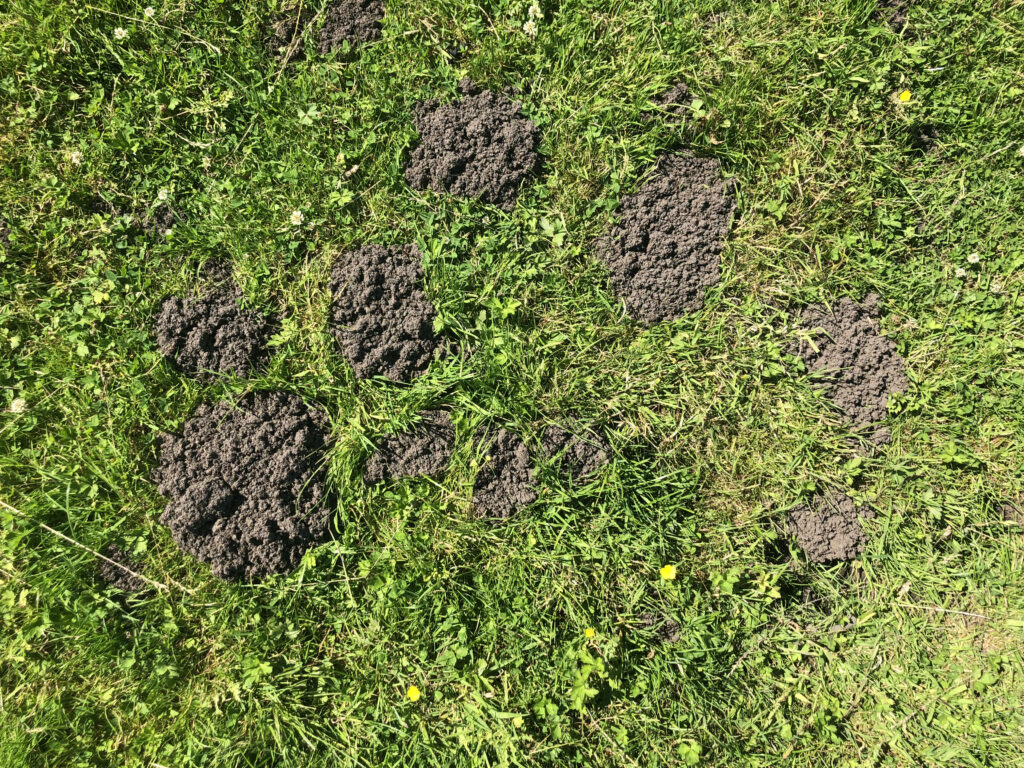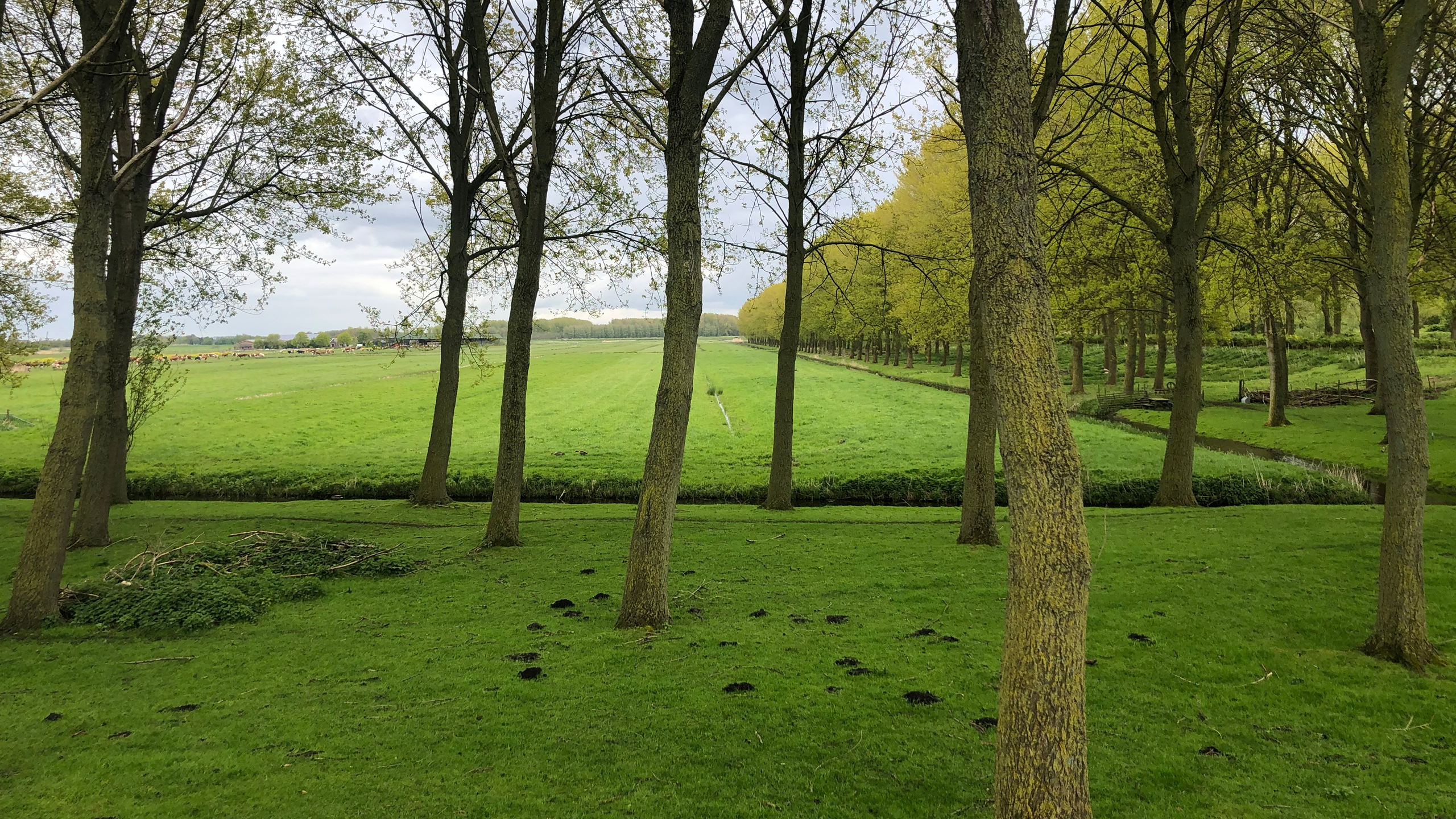
The Site Investigation
Studying Soil, Water, and Biodiversity
Climate change covers a broad array of concepts, including its causes and effects. In this design course, students examined the ‘soil’ and ‘water’ cycles to address climate change issues from both human and non-human viewpoints, considering animals, soil, bacteria, plants, and more. Students also took part in role-playing games to embody natural elements and living systems, such as ‘being a cloud,’ ‘being a river,’ ‘being peat,’ ‘being a worm,’ ‘being a tree,’ and ‘being a cow,’ to foster emotional connections with climate change and the natural world.
The first assignment involved an engaging exploration and study of the Delftse Hout landscape by university students.
Soil, Water and Biodiversity
The relationship between soil composition and the landscape in Delftse Hout has been studied. The area mainly consists of a top layer of clay, with scattered patches of peat deeper in the soil, as almost all peat was extracted in the 18th century. Despite its limited presence, peat functions as an important carbon sink, storing significant amounts of carbon dioxide. However, the poor drainage of the clay-rich soil creates challenges related to climate change, potentially increasing flooding risks during heavy rainfall. Restoring and expanding peatlands within Delftse Hout could enhance its capacity to store carbon dioxide, reduce the impacts of climate change, and support environmental sustainability.
Hoeve Biesland, a biodynamic farm in Delfgauw, exemplifies natural agricultural management. The farm produces traditional local products, with the baker, vegetable merchant, and butcher each known for their high-quality goods.
The farm operates in a closed-loop system, minimizing losses and maximizing electricity production. Instead of simply managing nature, Hoeve Biesland works with it to shape the surrounding landscape, a practice called ‘landscape management.’ Their goal is to achieve a balance of development and harmony for humans, animals, and nature by practicing extensive, natural-style farming.
Water management on the farm involves maintaining high water levels in summer to protect grassland soil and create habitats for smaller grassland birds. In winter, lowering the water level encourages lawn growth, which nourishes birds and livestock and provides food for spring.
Crop rotation is also crucial for maintaining soil fertility. Repeated planting of the same crop depletes specific nutrients, leading to poor plant growth and increased pest and weed problems. Organic farmers at Hoeve Biesland follow a multi-year planting plan, rotating crops that require different nutrients to keep the soil balanced.
Creating a biodiverse landscape through targeted grazing and proper livestock fertilization is vital. This approach promotes awareness of ecological balance and attracts visitors to the farm through various activities, supporting sustainable practices and environmental education.
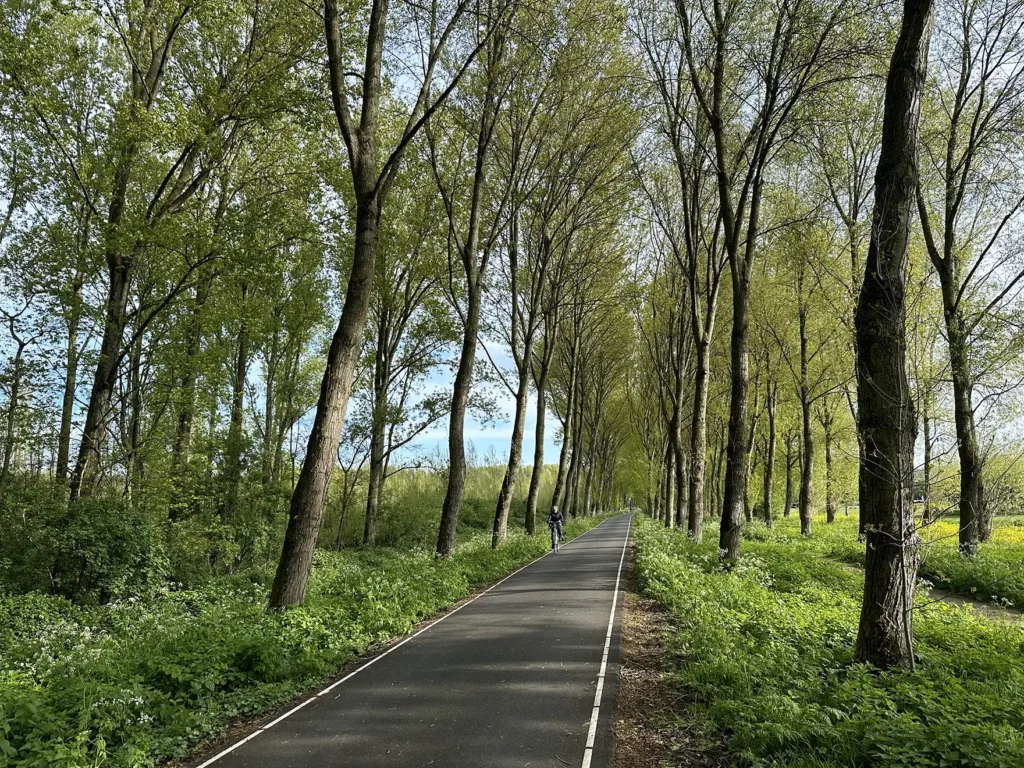
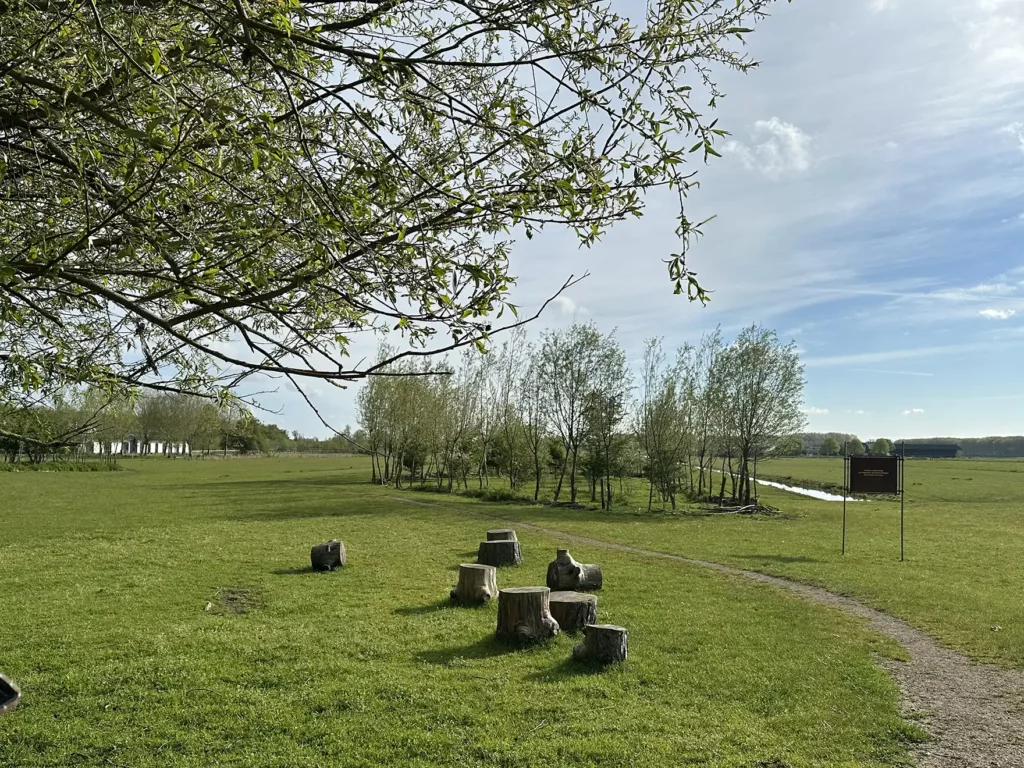
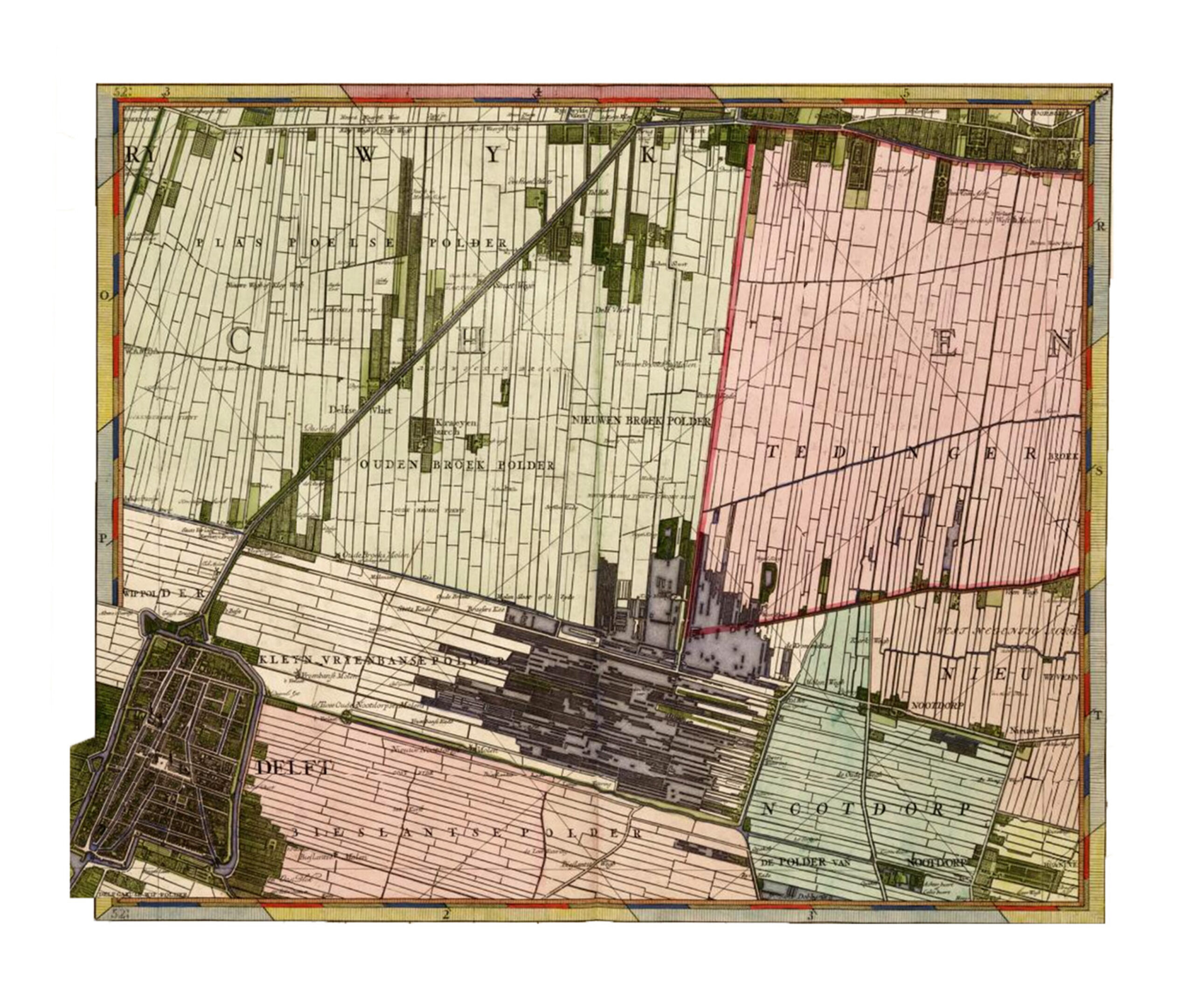
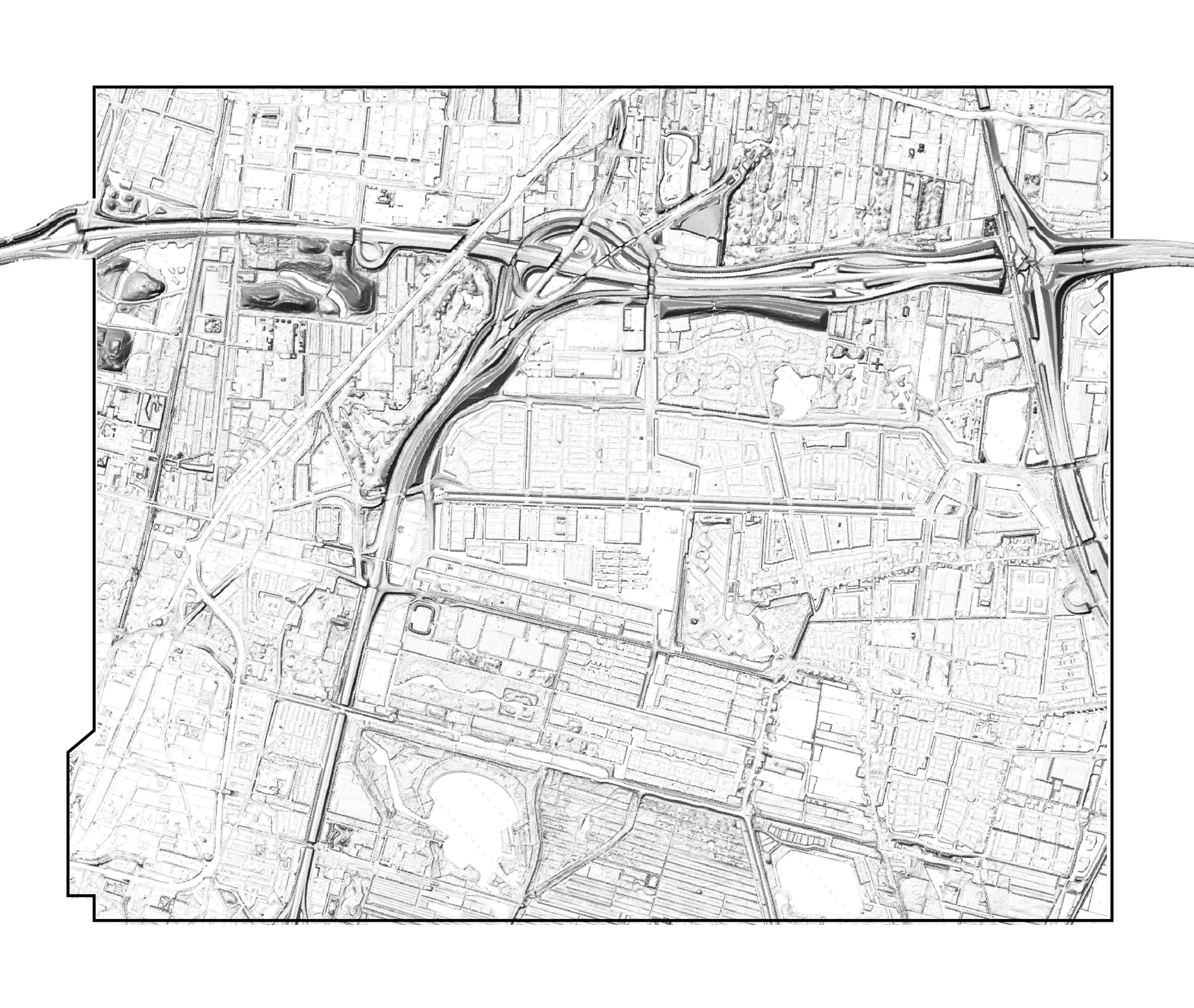
The area mainly consists of a top layer of clay, with scattered patches of peat deeper in the soil, as almost all peat was extracted in the 18th century. Despite its limited presence, peat functions as an important carbon sink, storing significant amounts of carbon dioxide.

Restoring and expanding peatlands within Delftse Hout could enhance its capacity to store carbon dioxide, reduce the impacts of climate change, and support environmental sustainability.
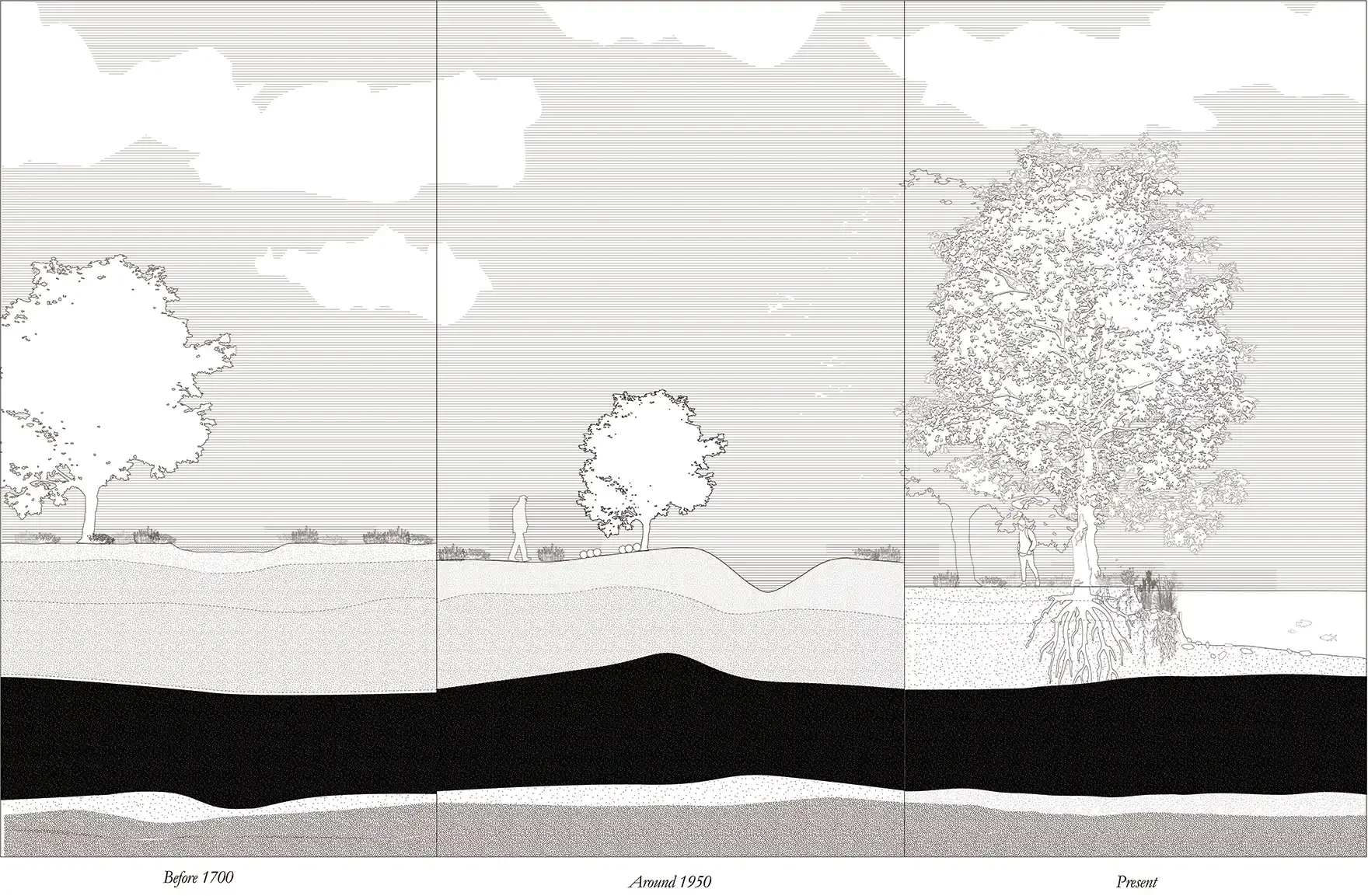
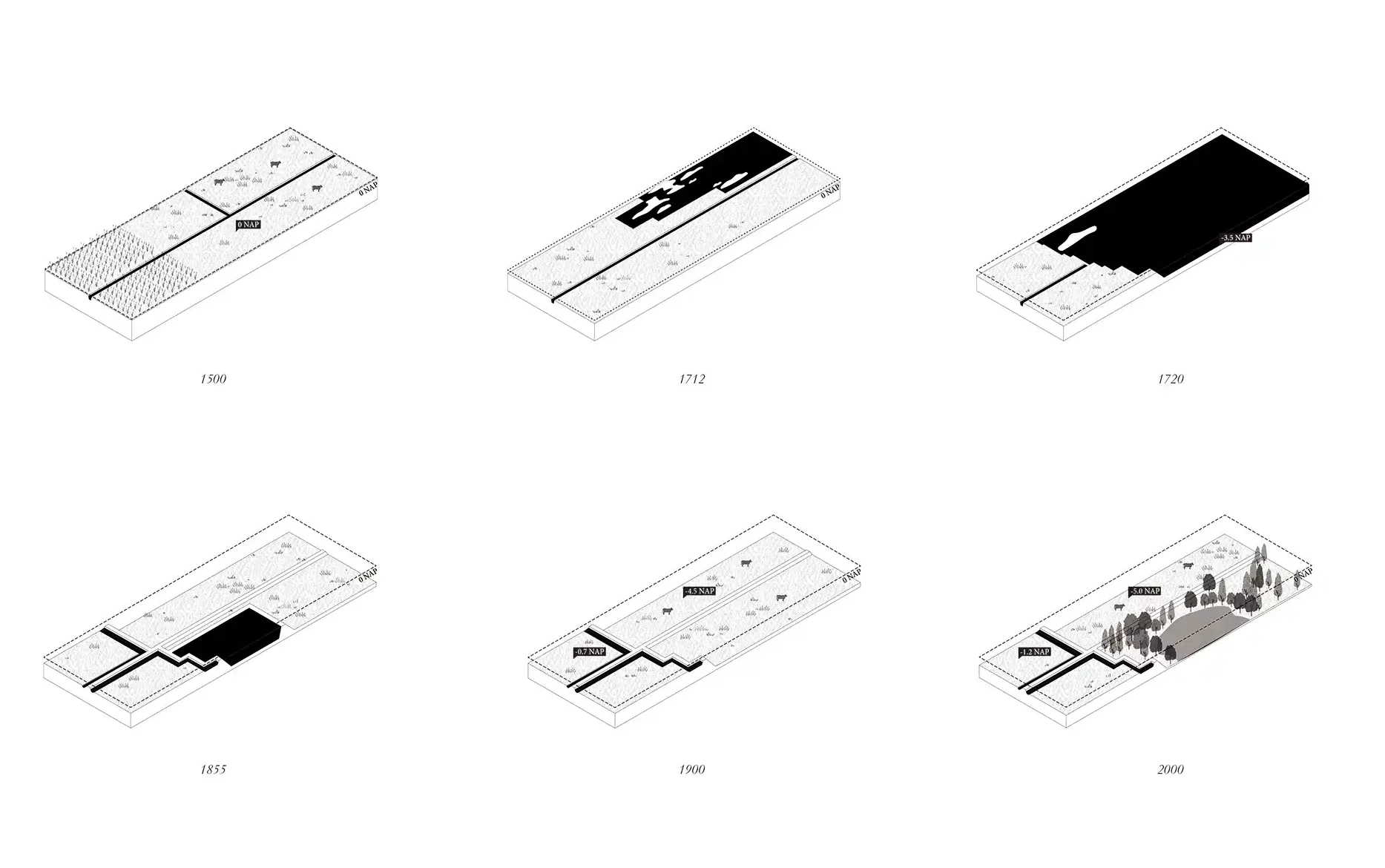

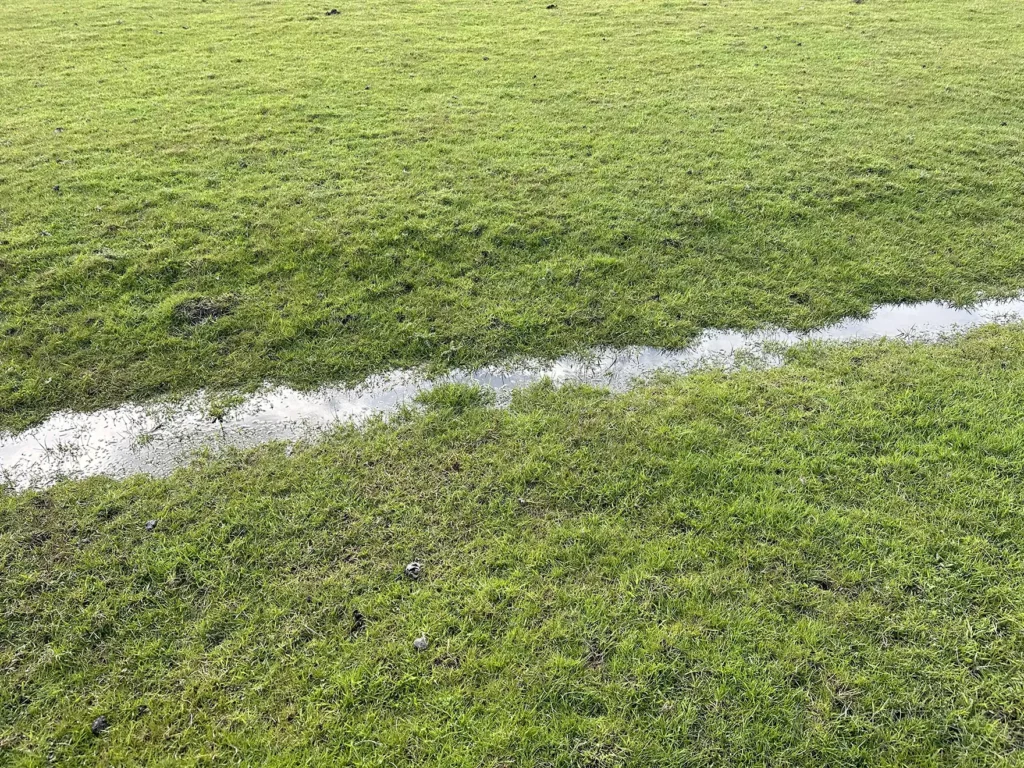
However, the poor drainage of the clay-rich soil creates challenges related to climate change, potentially increasing flooding risks during heavy rainfall.
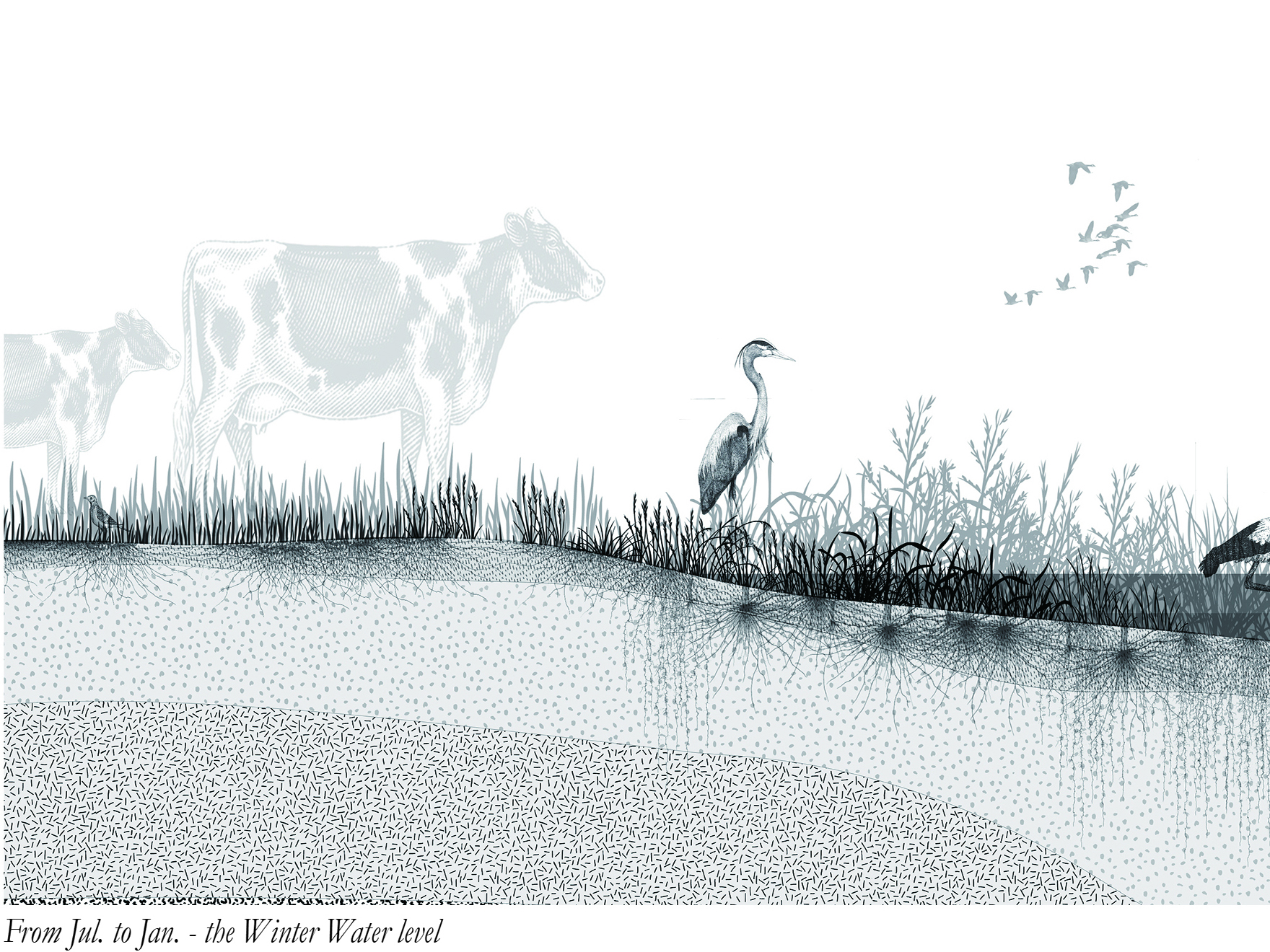
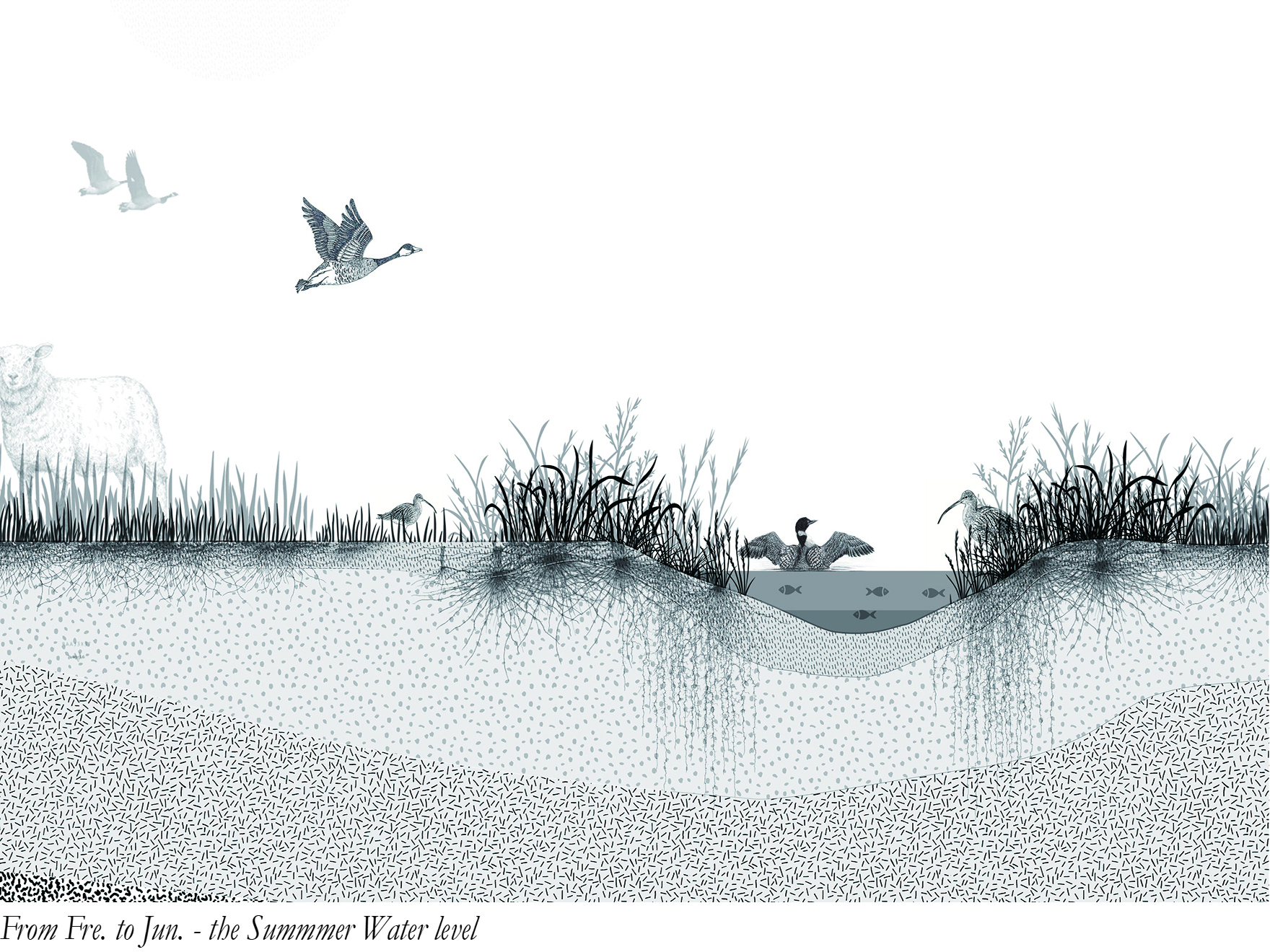
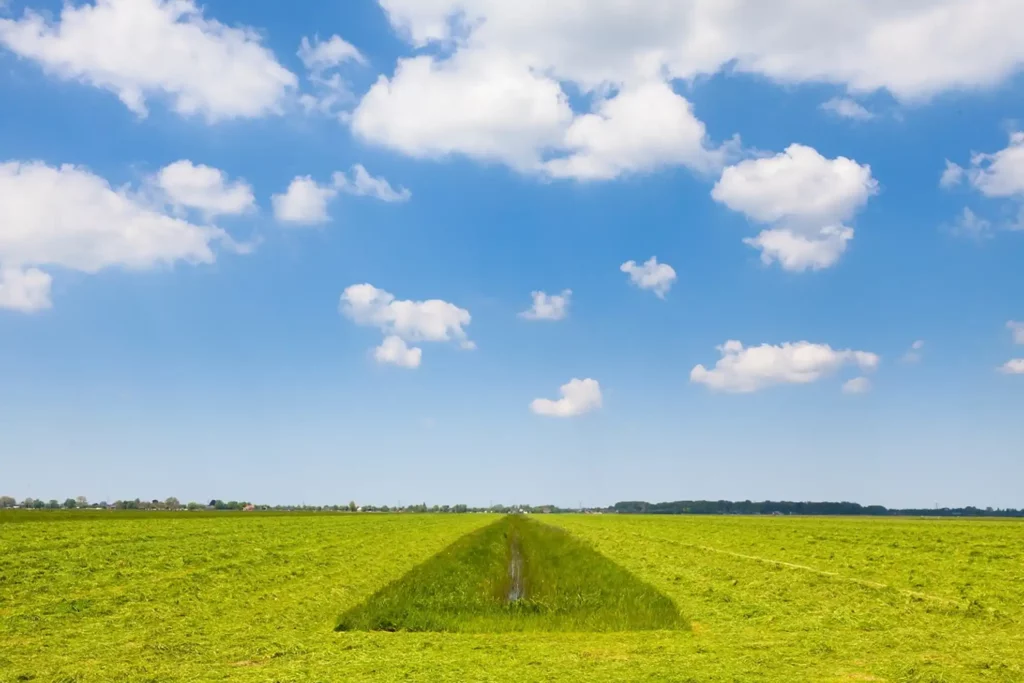
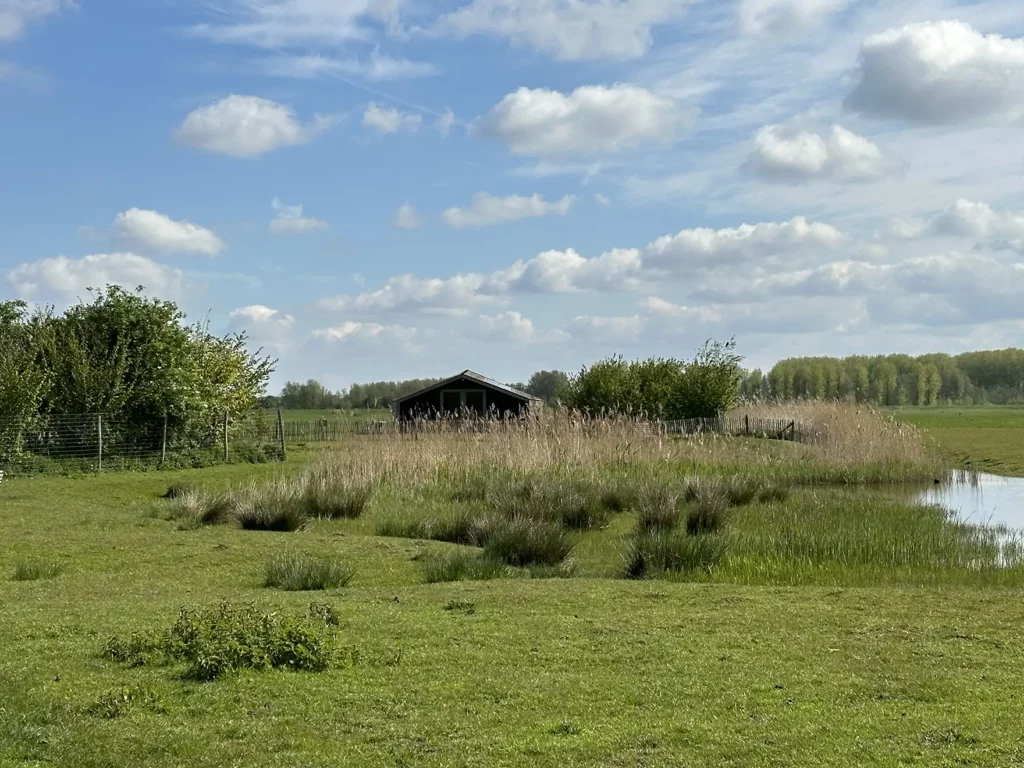
Hoeve Biesland, a biodynamic farm in Delfgauw, exemplifies natural agricultural management. The farm produces traditional local products, with the baker, vegetable merchant, and butcher each known for their high-quality goods.
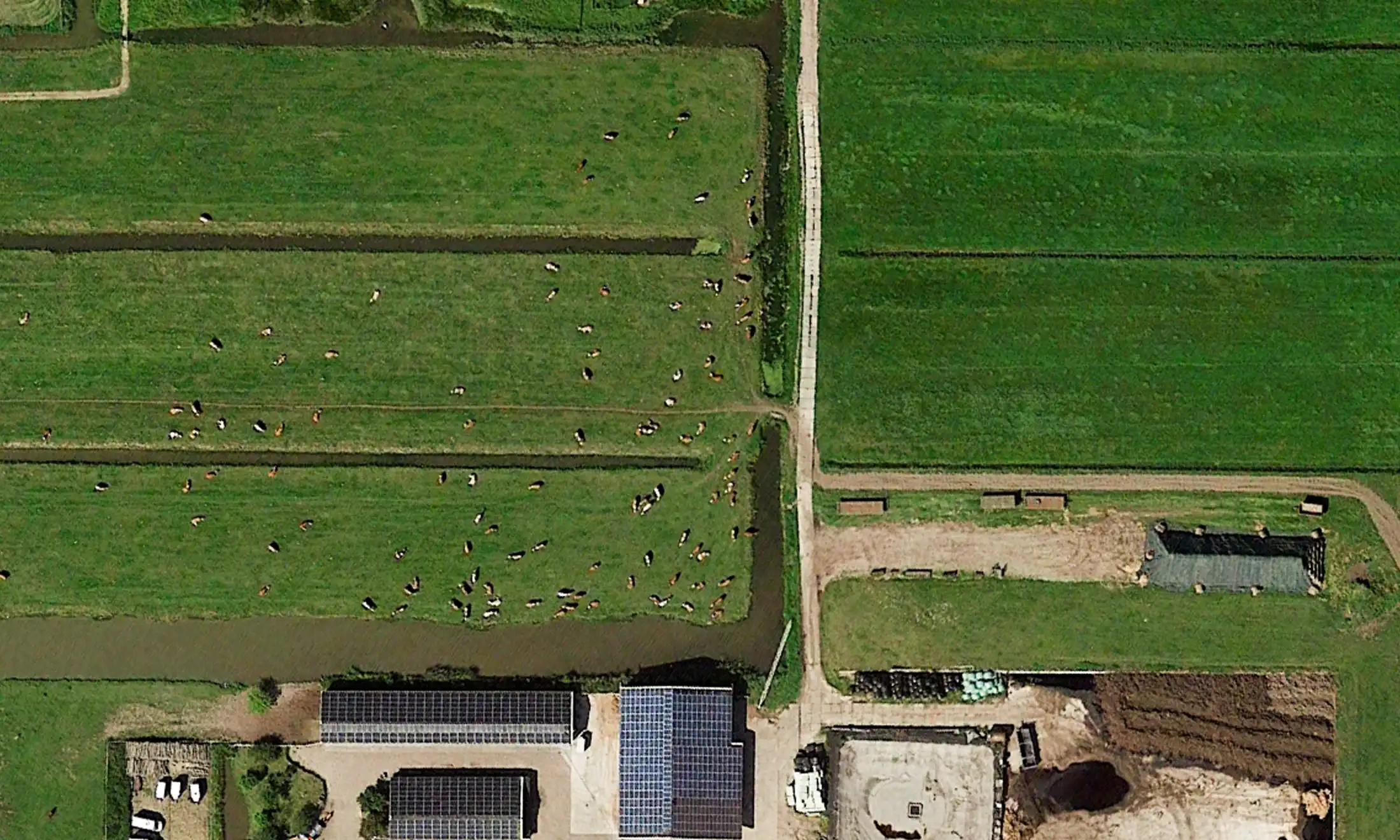
Crop rotation is also crucial for maintaining soil fertility. Repeated planting of the same crop depletes specific nutrients, leading to poor plant growth and increased pest and weed problems. Organic farmers at Hoeve Biesland follow a multi-year planting plan, rotating crops that require different nutrients to keep the soil balanced.
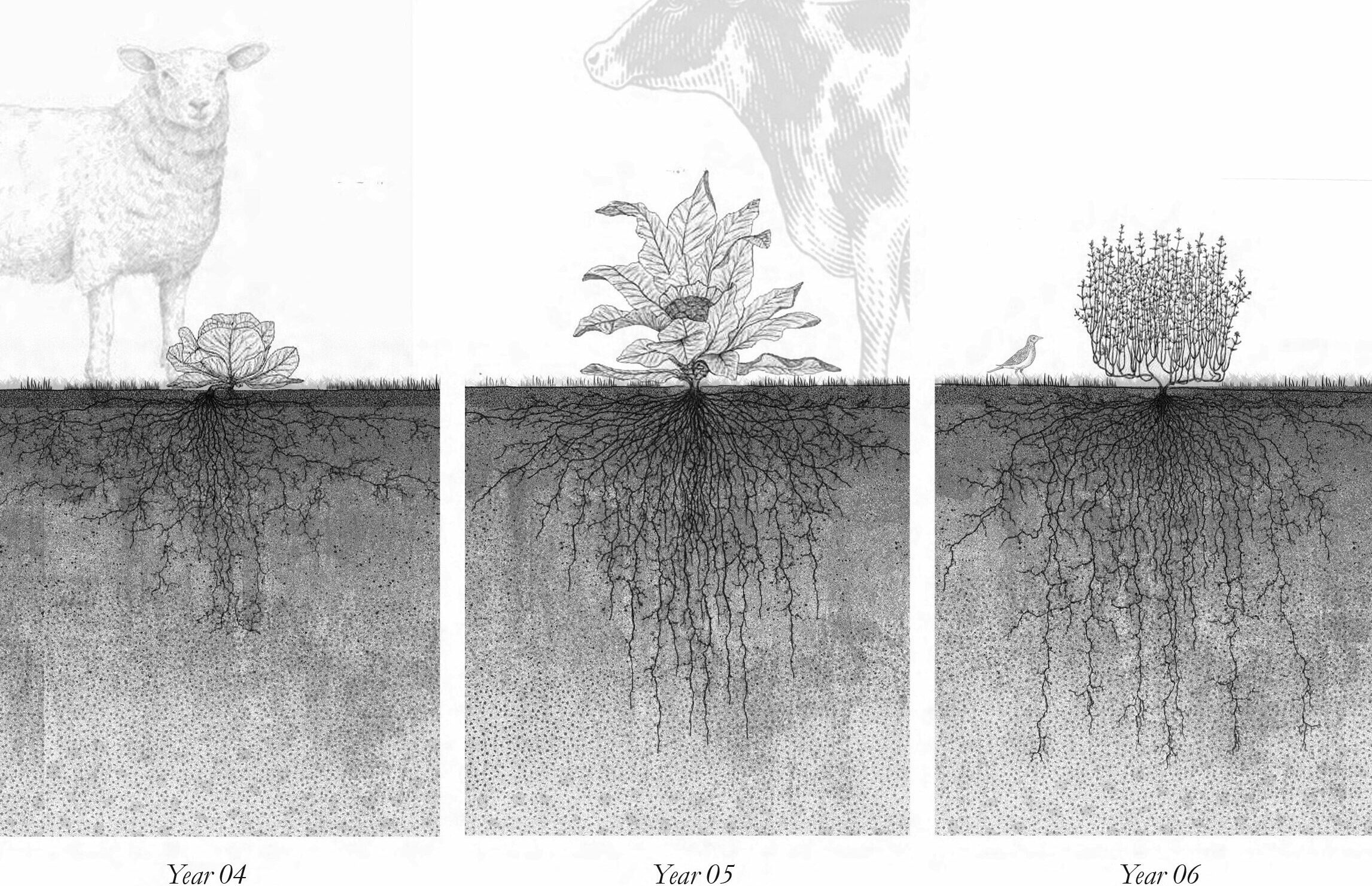
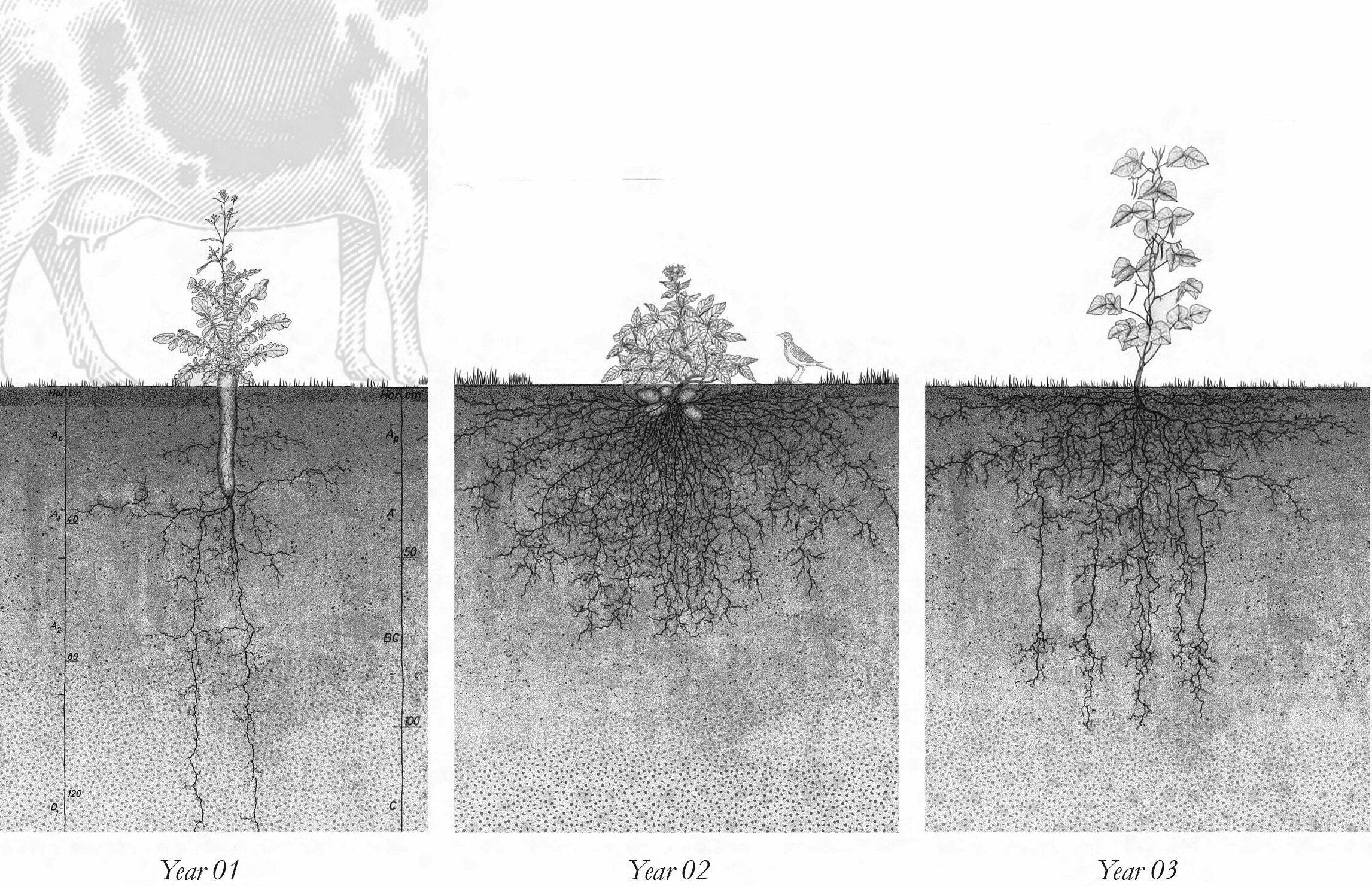
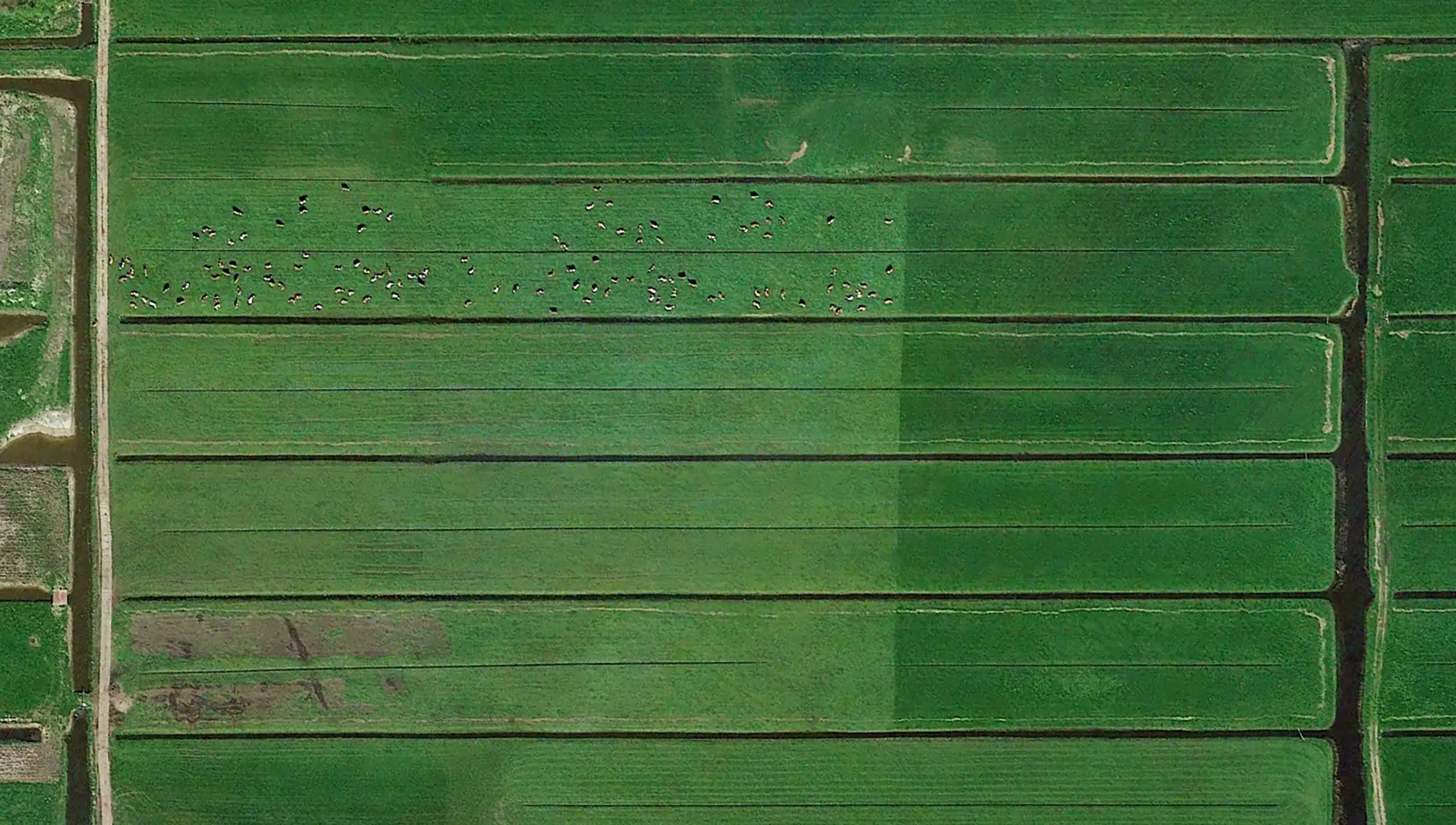
The farm operates in a closed-loop system, minimizing losses and maximizing electricity production. Instead of simply managing nature, Hoeve Biesland works with it to shape the surrounding landscape, a practice called 'landscape management.'
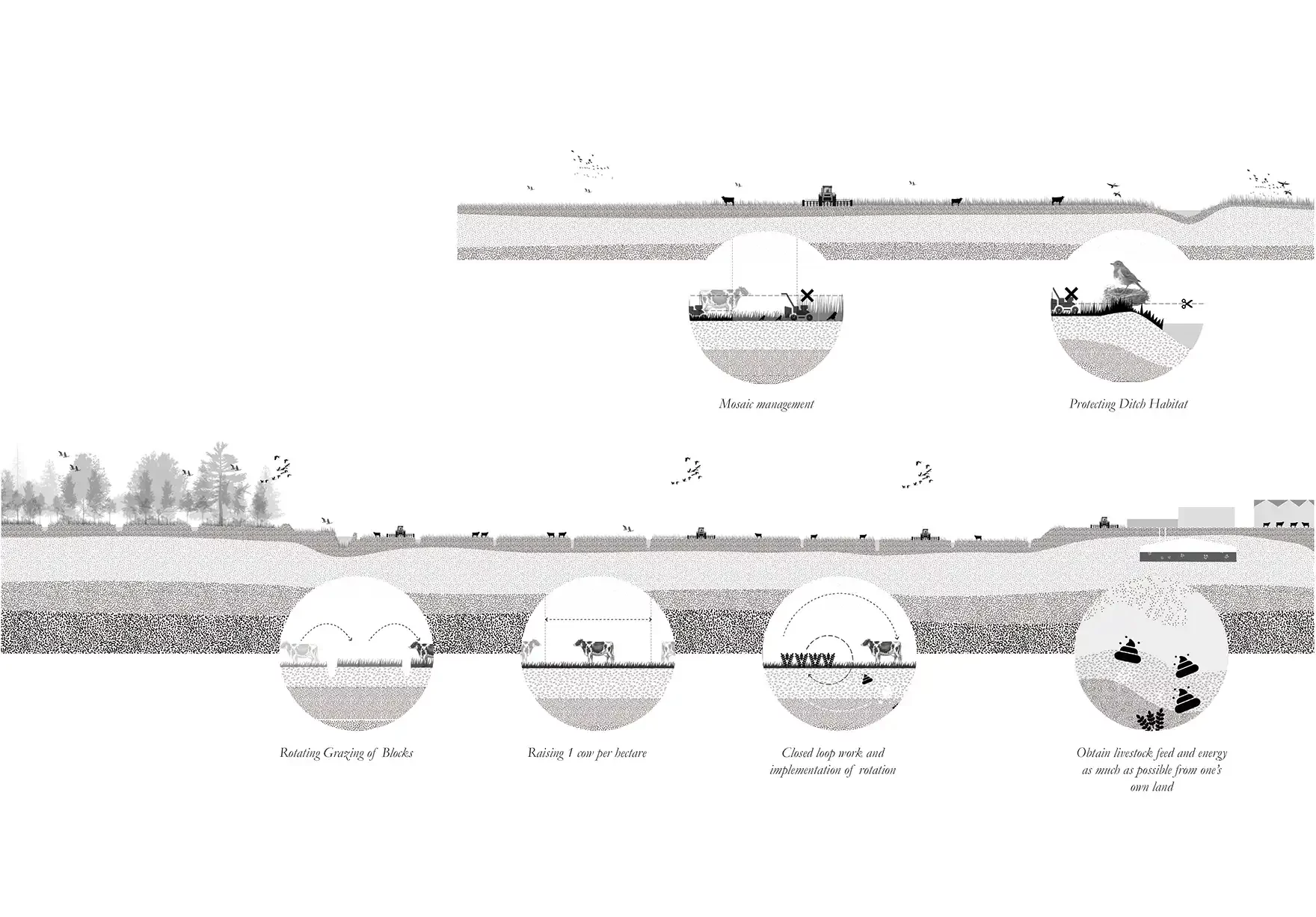
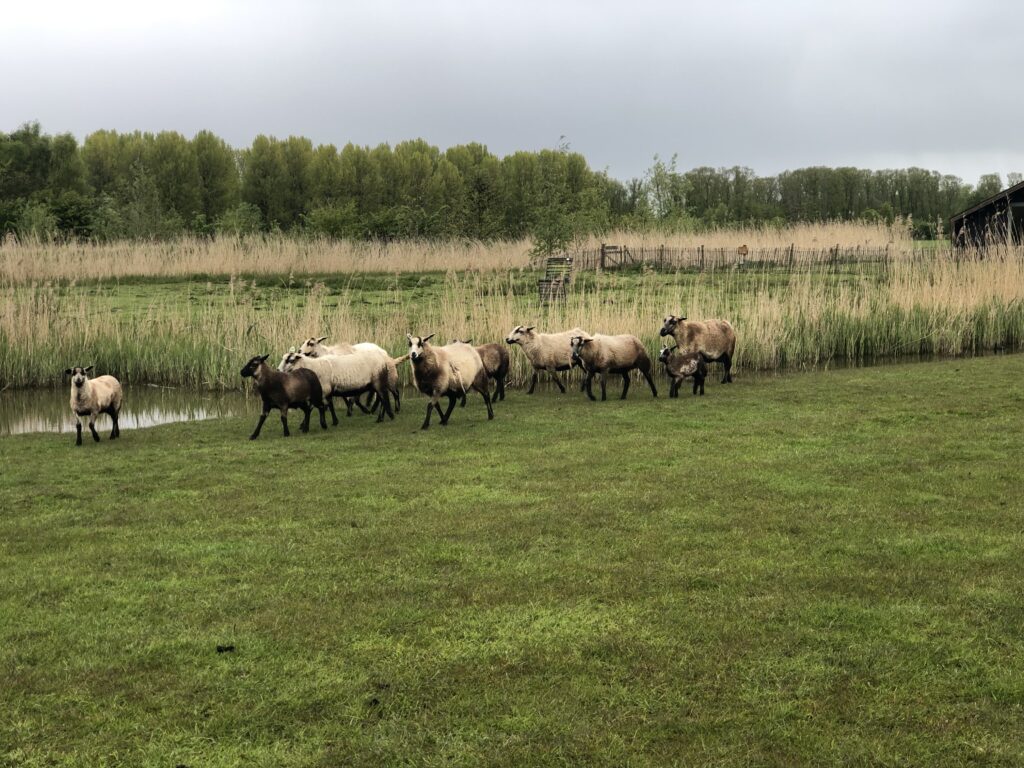
Grazing does not occur when nests are present in a specific plot. However, active nest management is sometimes practiced by signaling or protecting with a barrier when a plot is grazed.
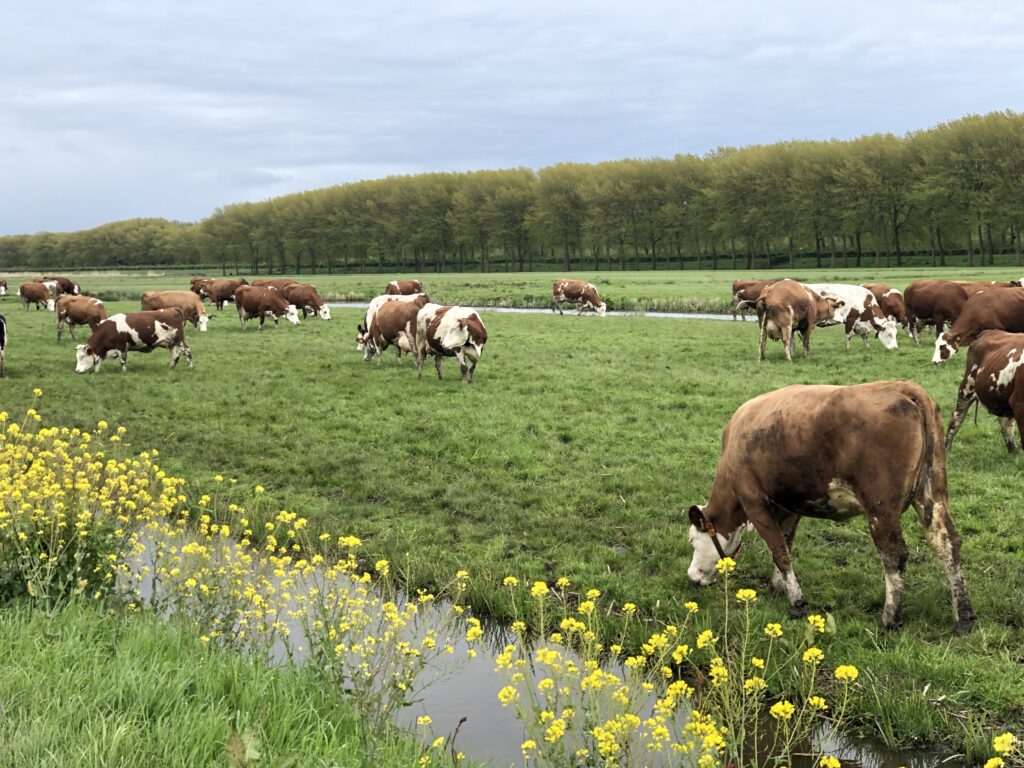
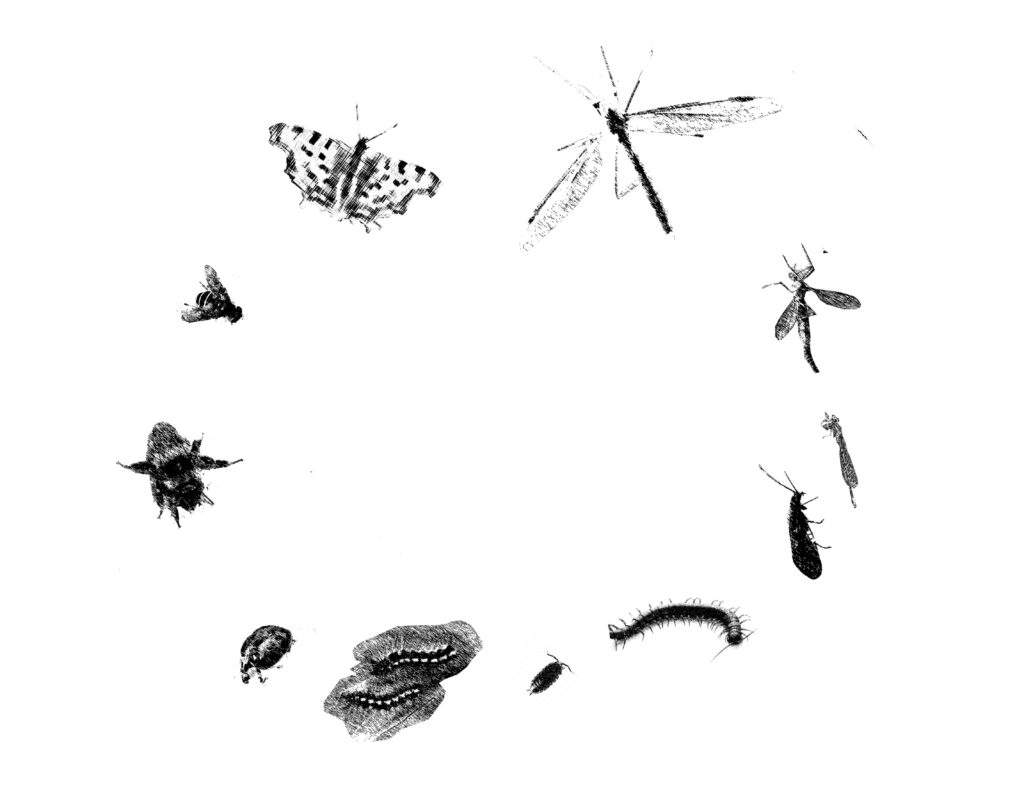
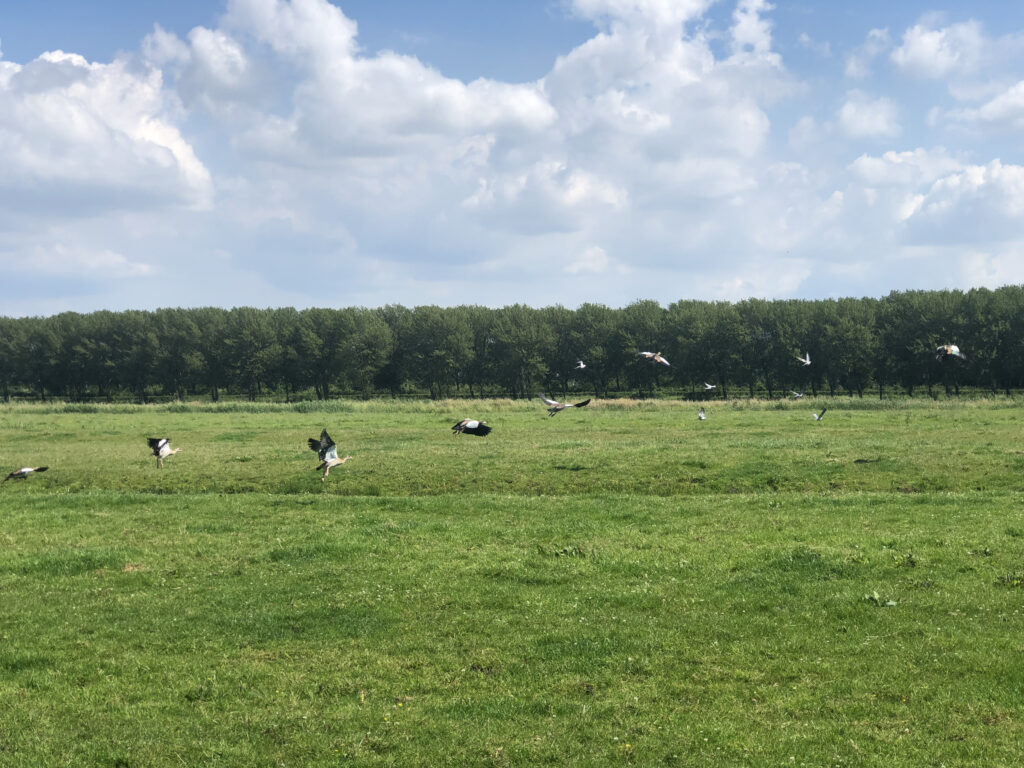
This is the path of a mole. It helps aerate the soil and benefits the roots of nearby plants. It also loosens the soil, allowing roots to grow more freely, which is especially important for root vegetables.
